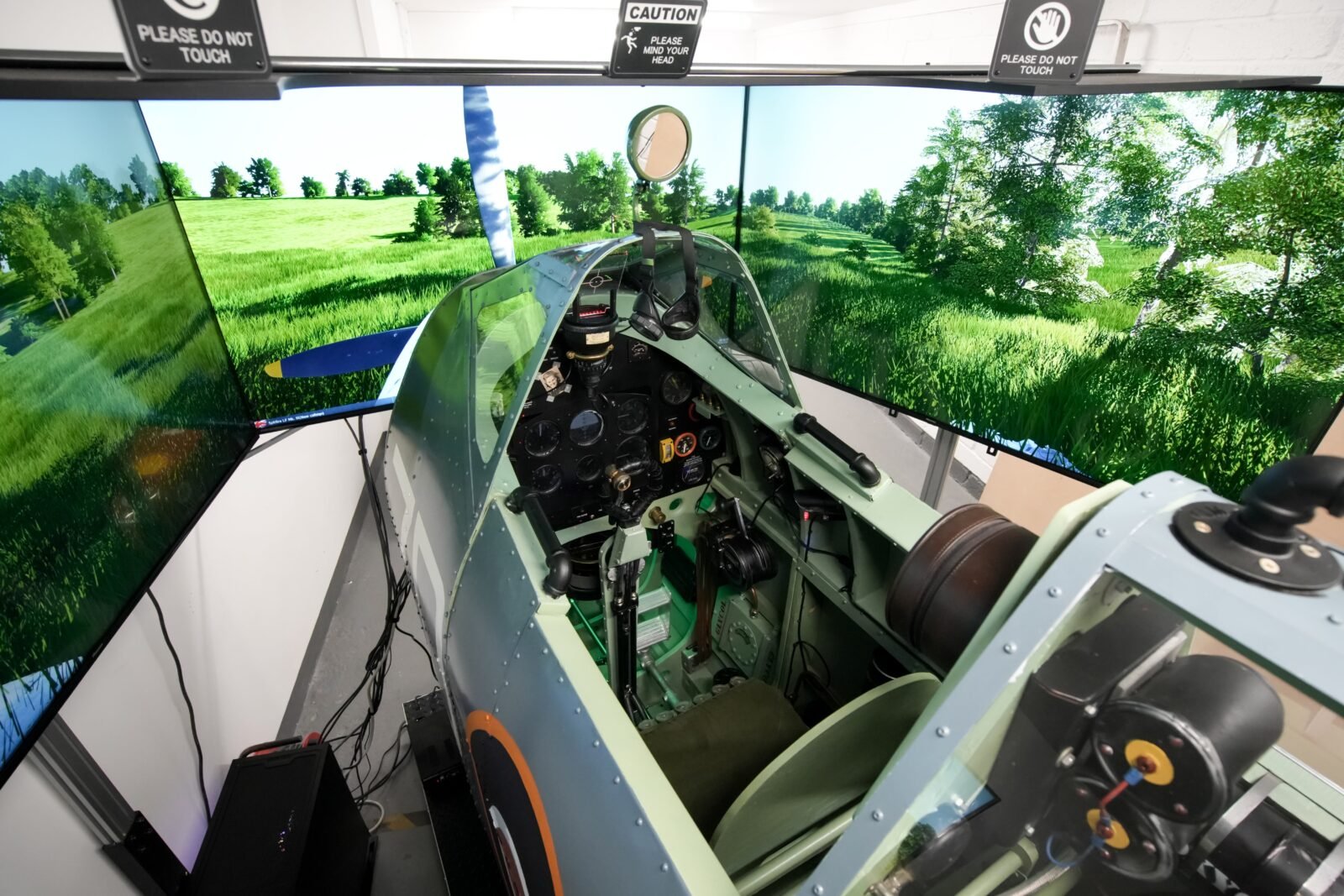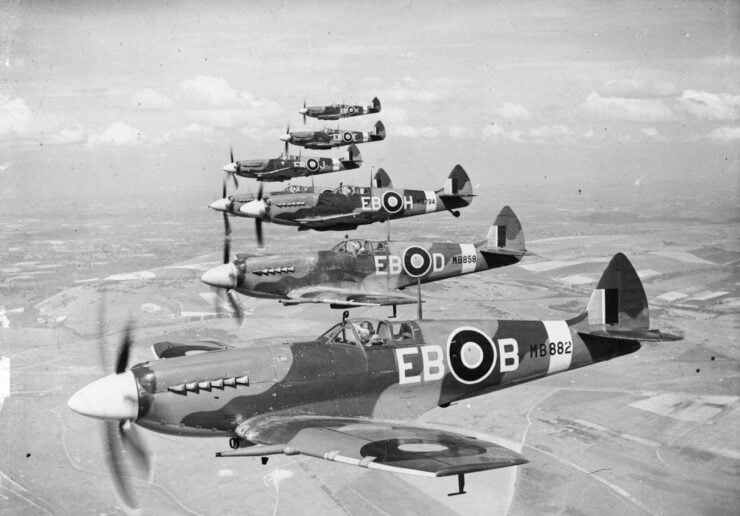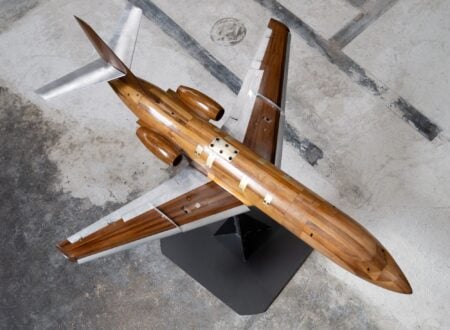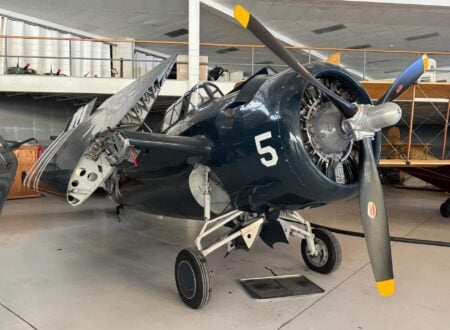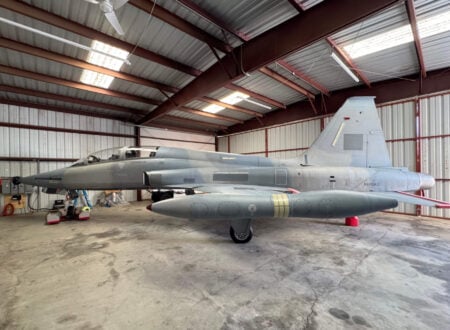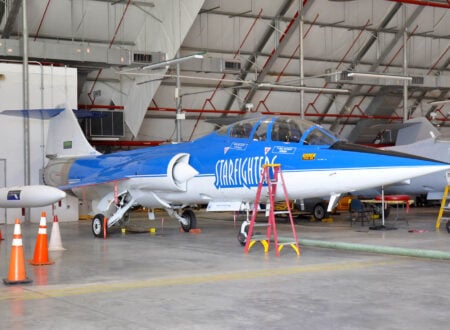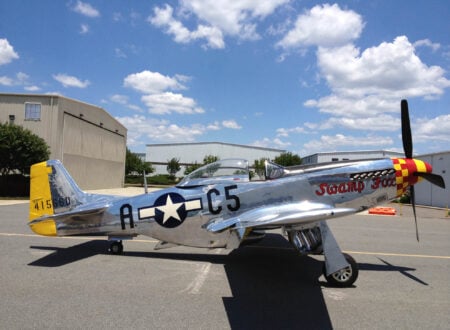Flying an original Supermarine Spitfire is a dream that’s out of reach for many of us, but perhaps a more realistic alternative would be piloting one in a realistic flight simulator.
This line of reasoning is likely what was behind the creation of the machine you see here, a Spitfire simulator with a 1:1 scale cockpit including controls, and wrap around screens for complete immersion.
Fast Facts – A 1:1 Scale Spitfire Flight Simulator
- The Supermarine Spitfire is a British fighter aircraft that became a legend during WWII, it was rapidly developed during the war going from Mk 1 to Mk 24 configuration in just a few years.
- Of the 20,351 examples that were built it’s believed that just 70 or so remain airworthy today, with many more being used as static exhibits in museums around the world.
- It is possible to go for a flight in a Spitfire due to the fact that a few of them have been converted from single seat to dual seat tandem configuration. That said, the flights aren’t cheap due to the prodigiously expensive overheads of operating the aircraft.
- The flight simulator you see here was built to incorporate a 1:1 scale cockpit including analogue controls and tactile feedback, and three screens that wrap around for an immersive flight experience.
The Supermarine Spitfire
The Supermarine Spitfire was developed in the 1930s, largely by R. J. Mitchell and his engineering team, as an answer to the 1931 Air Ministry specification F7/30 calling for a modern fighter plane that was capable of 250 mph (400 km/h).
Supermarine Type 224 was the first attempt, but it was rejected by the Air Ministry. 224 was then followed by the Type 300 which had been further developed utilizing experience from building the Schneider Trophy seaplanes.
By late 1934 the design had progressed to the point that the Air Ministry became interested, seeing the aircraft’s potential, and they provided funds for further development. The first prototype flew in 1936 and after a period of rapid development an order was placed for 310 of them, now called Spitfires, in June of 1936.
The Spitfire would continue to undergo rapid development right through WWII with over two dozen variants made before it left production in 1948. 20,351 were built in total and alongside aircraft like the Hurricane and Mosquito they played a critical role in the Allied victory.
The 1:1 Scale Supermarine Spitfire Simulator Shown Here
The simulator you see here was built by a life-long Spitfire enthusiast to offer an experience as close to flying the aircraft as you can get without actually buying one.
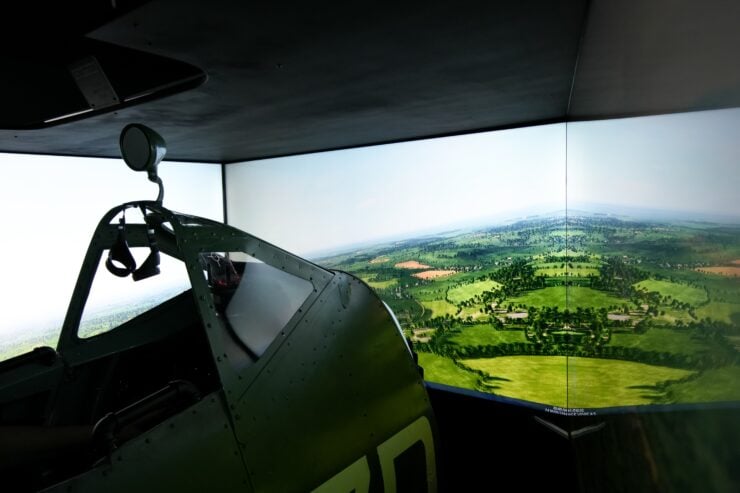

It has a hand-built 1:1 scale cockpit with the correct controls, analogue gauges, and tactile feedback. There are three 65” HD screens with an integrated pod ceiling board to maintain the viewing angle, and it’s powered by a computer fitted with an RTX 3080 GPU, 32GB RAM, and a 12700k i7 processor.
The sim was designed so that there is no need for a keyboard or mouse once the game has loaded, and the software includes period-correct maps, missions, and a Spitfire aircraft flight model.
If you’d like to read more about it or register to bid you can visit the listing here on Car & Classic, it’s currently being auctioned out of Sussex in the United Kingdom.
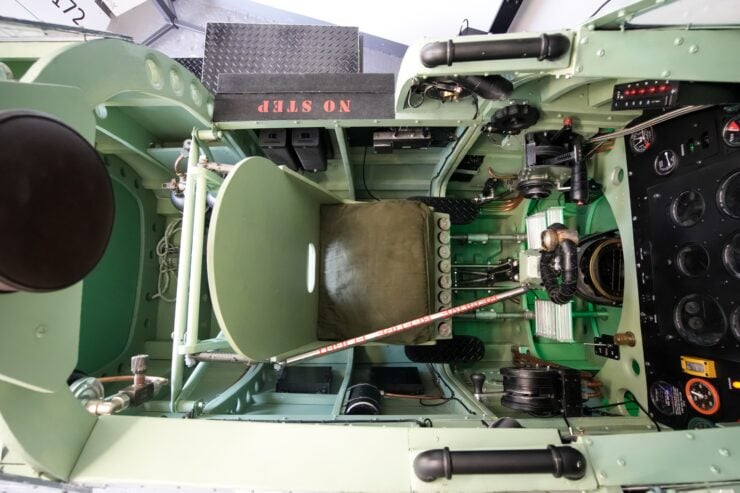

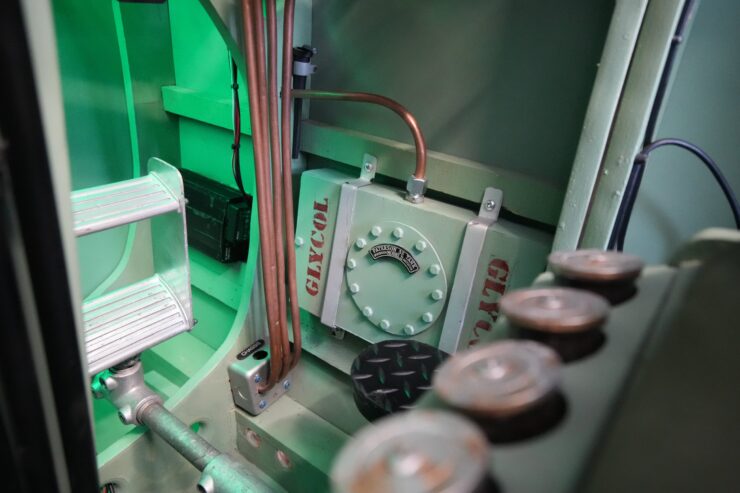
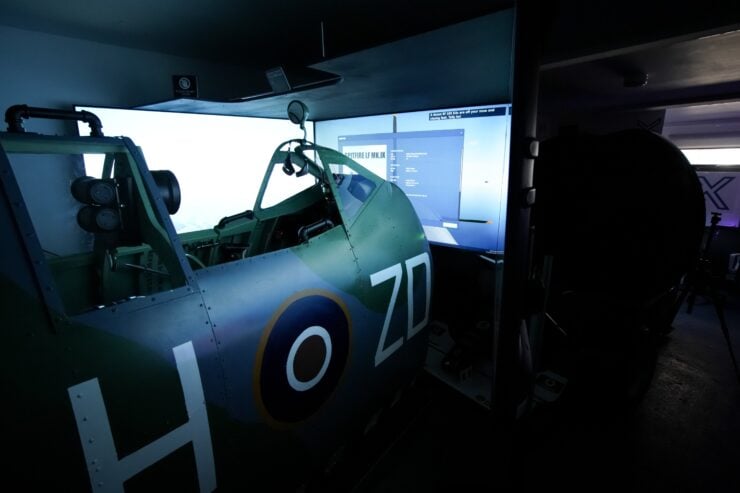
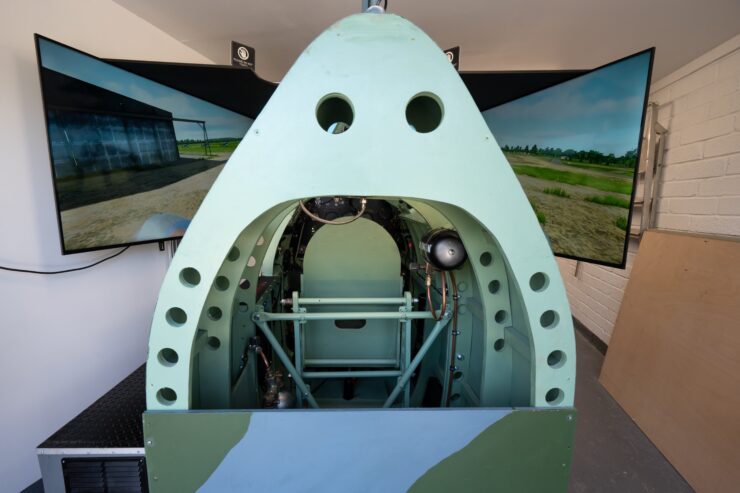
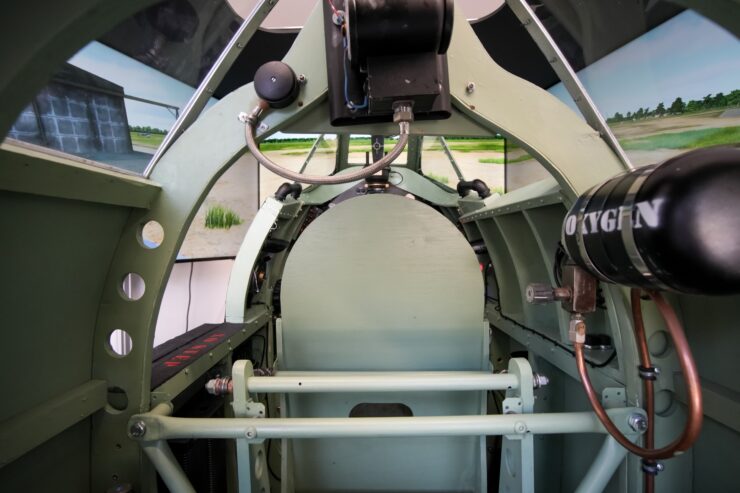
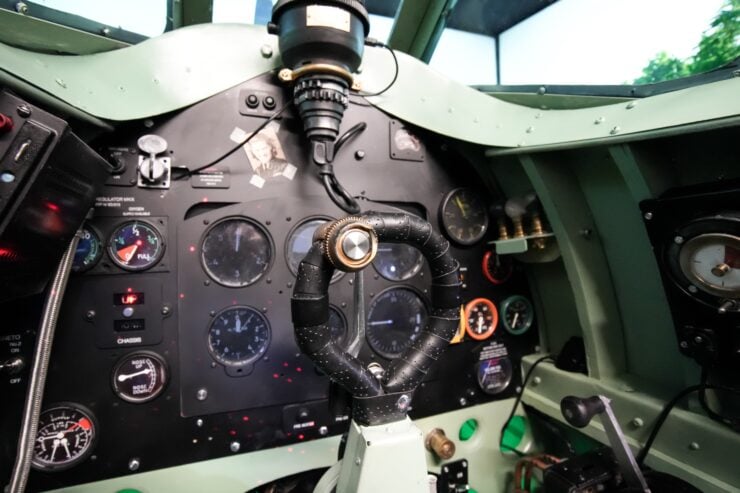
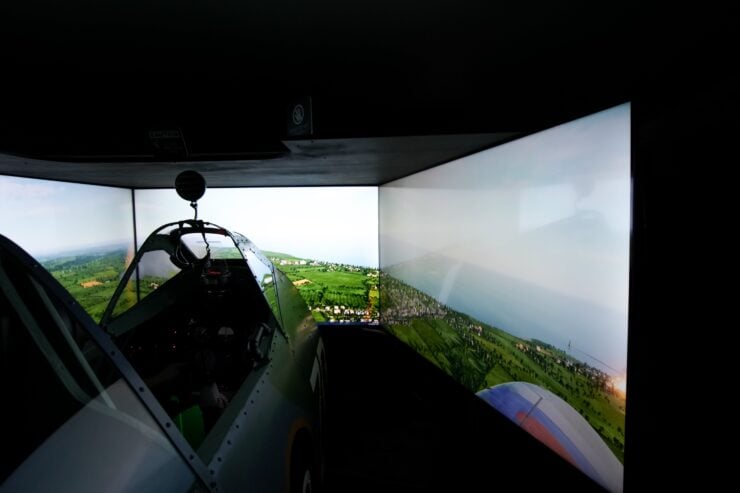
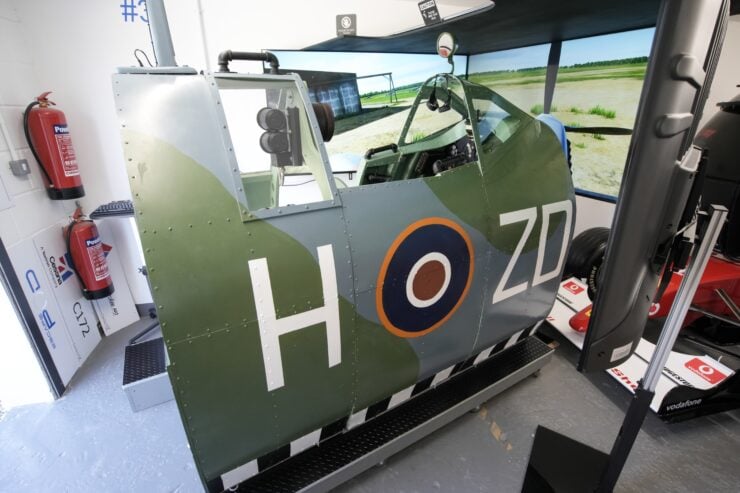
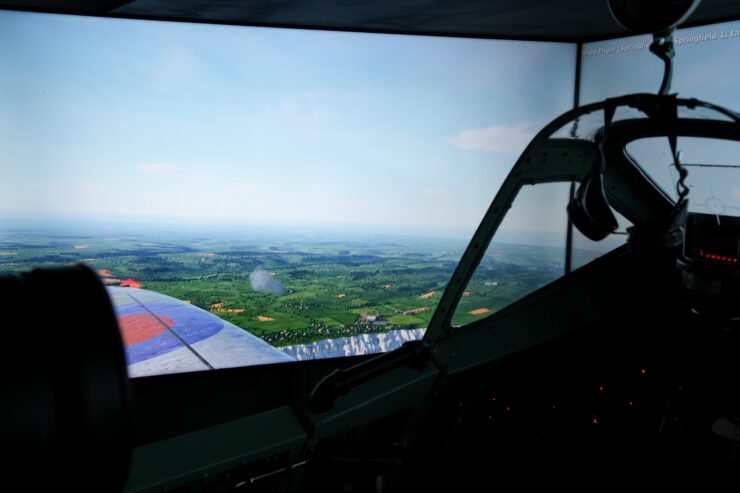
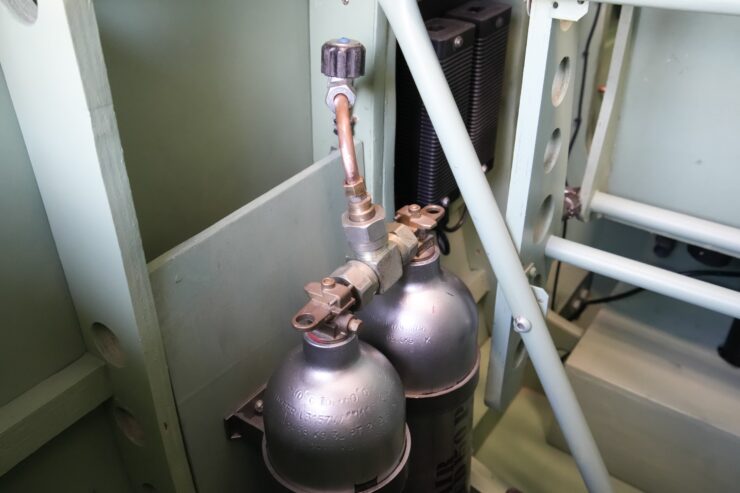
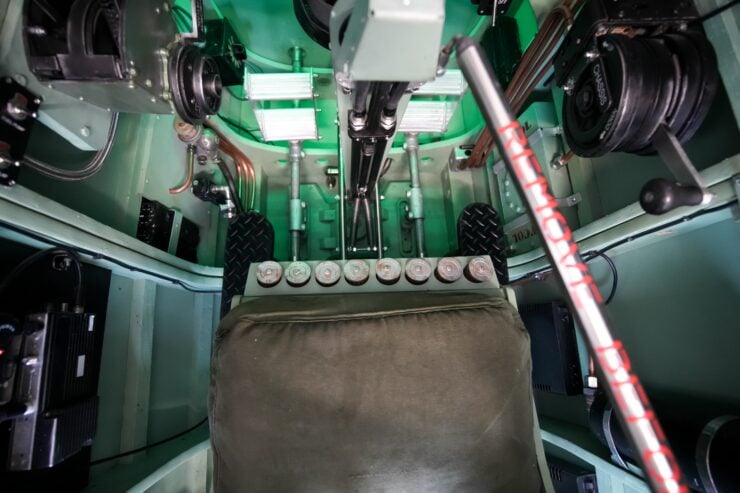
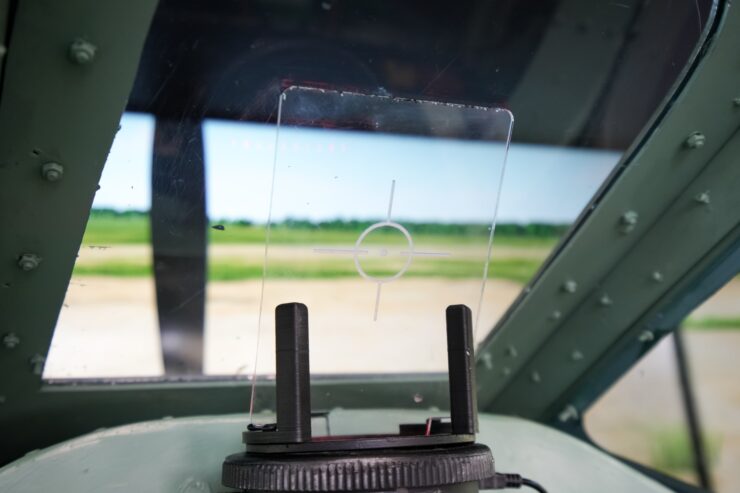
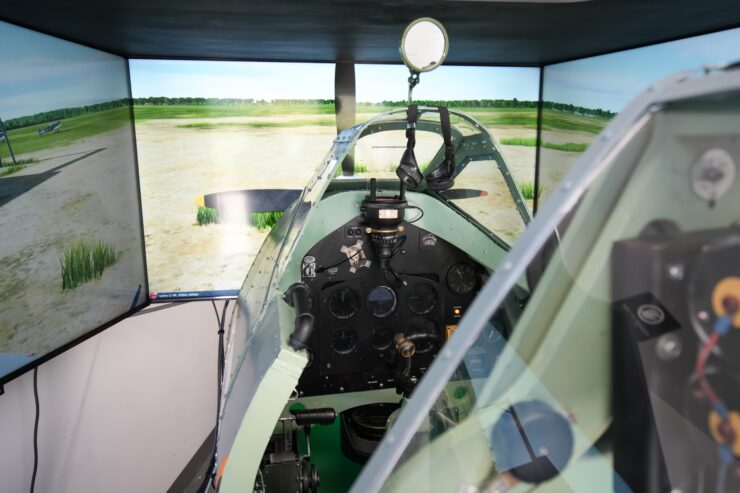
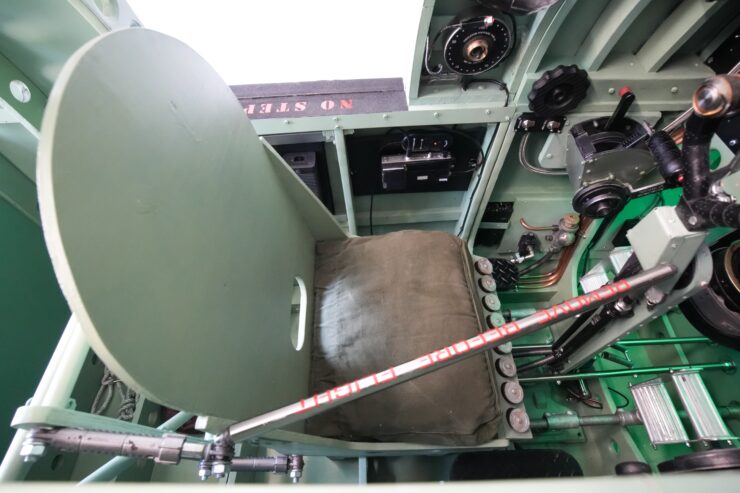
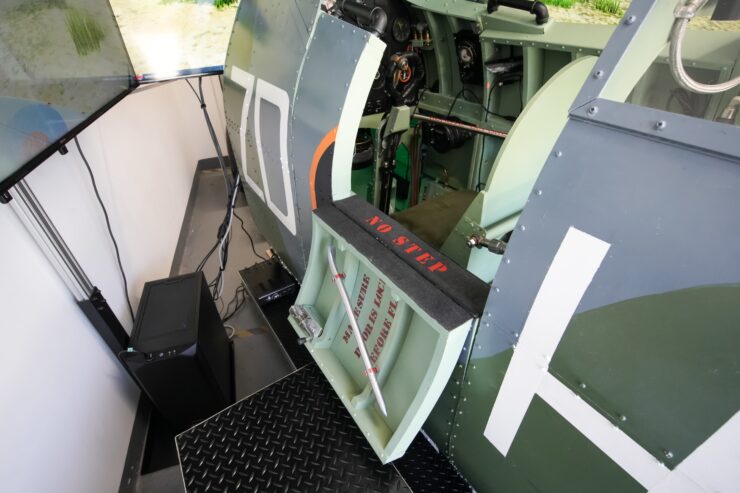
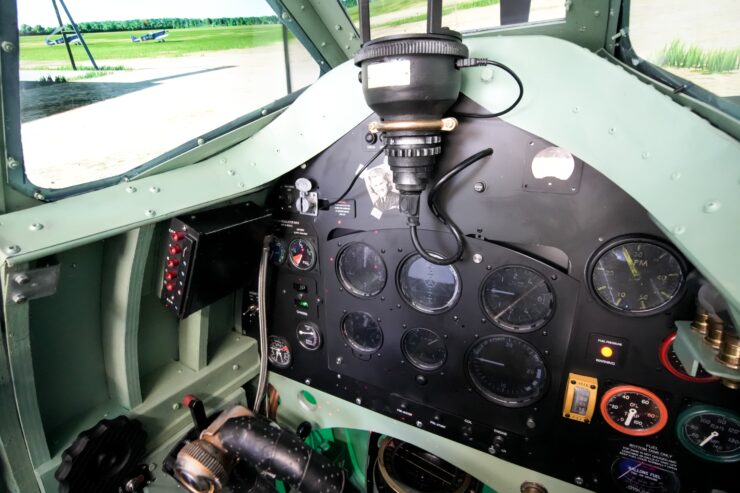
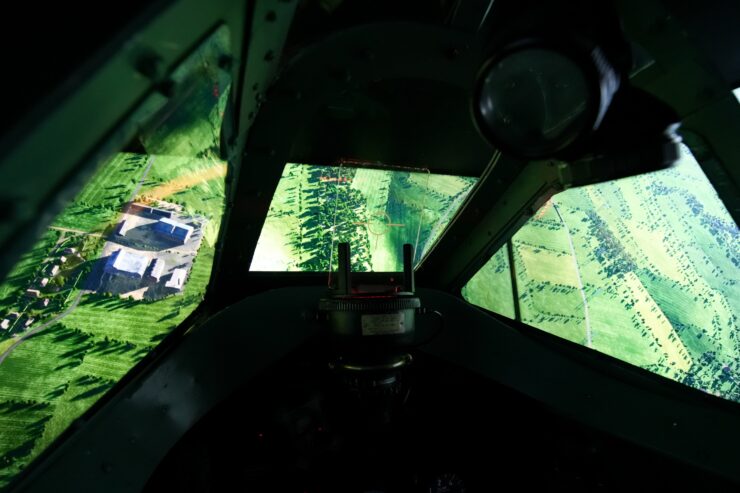

Images courtesy of Car & Classic

